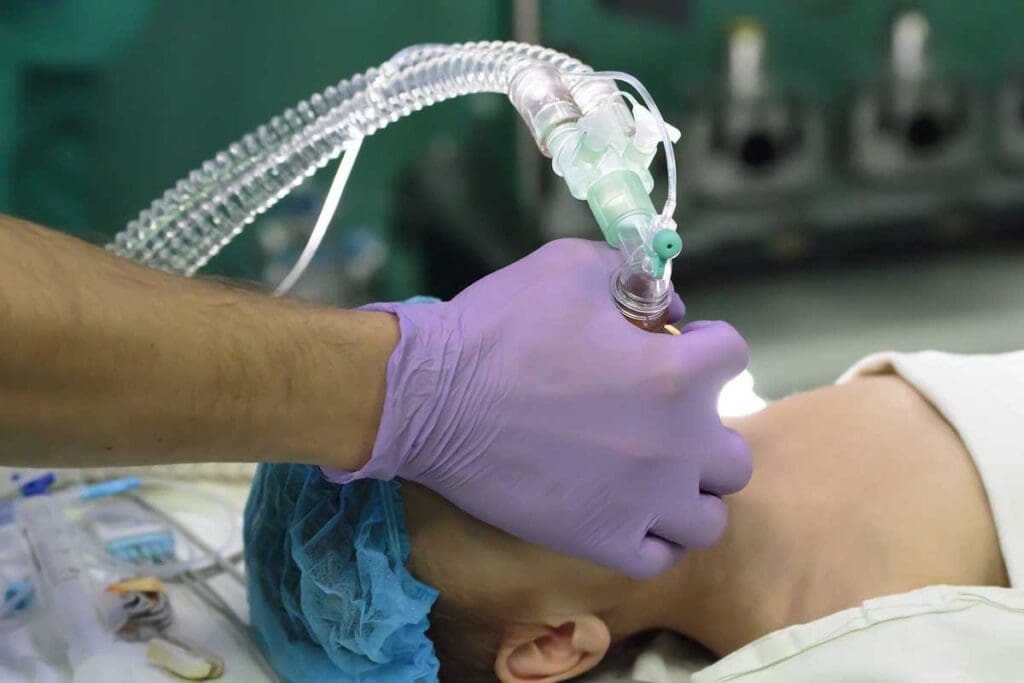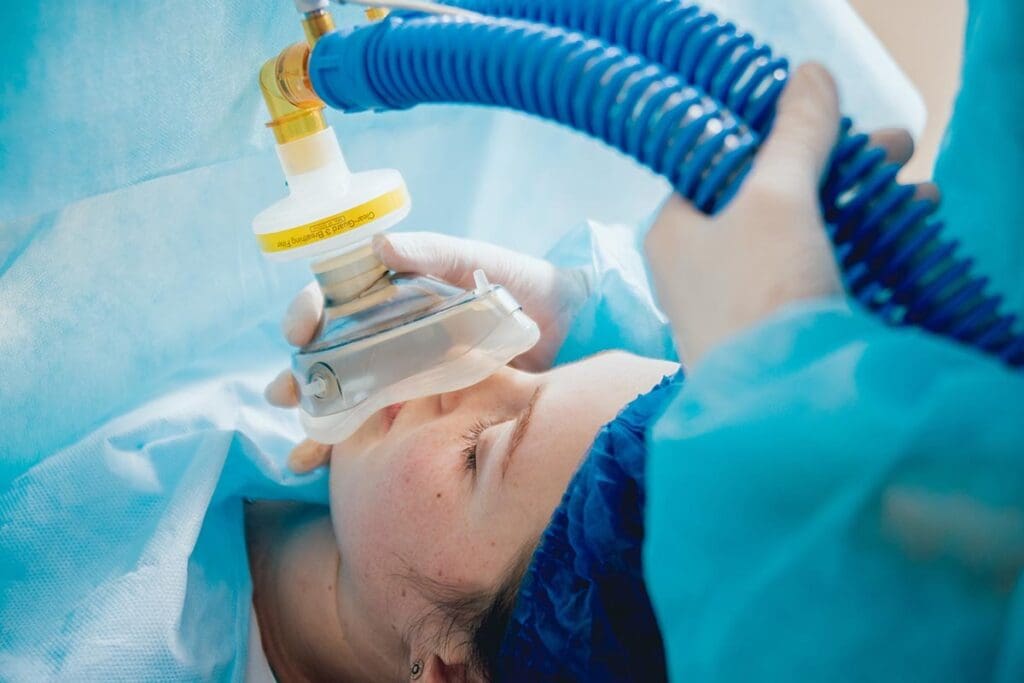Last Updated on November 24, 2025 by

As a parent, you might worry about your child’s recovery from pediatric anesthesia. The recovery has different stages, and how long it takes can change. This depends on the anesthesia type and your child’s health.
Most kids wake up in 6 to 8 minutes after short-acting agents in ambulatory procedures. But the whole recovery takes longer. You’re probably wondering what to expect during this time.
In this article, we’ll walk you through the recovery stages. We’ll share tips to help you care for your child after anesthesia recovery. A child’s true recovery from general anesthesia goes beyond waking up. Our ultimate guide gives a powerful timeline for their complete return to normal.
General anesthesia in children is a detailed process. It considers the child’s age and health. Children are made unconscious and pain-free with special medicines.
We watch their vital signs closely. We adjust the anesthesia to keep them safe and comfortable.

Anesthetic agents are key in pediatric anesthesia. Their impact on the young brain is a focus of research. We use propofol and desflurane because they are safe and work well.
The choice of medication depends on the surgery, the child’s age, and their health history. Some common medications include:
Pediatric anesthesia is different from adult anesthesia. Children are smaller and their bodies are developing. We adjust the dosage and type of anesthetic based on their age, weight, and health.
Children usually take 20 to 23 minutes to be ready to leave the PACU. This shows how safe and efficient pediatric anesthesia is.
The first 30 minutes after anesthesia are key for a child’s safe recovery. We watch their vital signs and health closely. This helps us catch any problems early.

Children usually wake up in 6 to 8 minutes after short-acting agents. We make sure they’re comfortable and their airway is safe.
Children start breathing on their own in 6 to 7 minutes after surgery. Our team keeps a close eye on their breathing. This helps them transition smoothly.
Extubation happens around 8-9 minutes after surgery. We manage this carefully to avoid problems. It’s important to keep the child’s airway safe.
After surgery, kids go to the Post-Anesthesia Care Unit (PACU). There, we watch their heart rate, blood pressure, and oxygen levels. We adjust their care as needed to help them recover well.
By watching the child closely during the first 30 minutes, we can spot and fix any issues quickly. This ensures they get the best care possible.
The PACU team is key in helping children recover from anesthesia after surgery. We know this time can be scary for kids and parents. We aim to give the best care possible.
Children usually stay in the PACU for 20 to 23 minutes. This time can change based on the surgery, the child’s health, and how fast they wake up.
“The PACU stay is a critical period where we closely monitor our young patients for any immediate effects of anesthesia and ensure they’re stable before discharge,” says our PACU specialist.
We have strict rules to make sure a child is ready to go home from the PACU. They must have stable vital signs, be able to breathe well, and be alert.
In the PACU, we follow strict rules to keep children safe and comfortable. We watch their vital signs, manage pain, and look for any signs of side effects from anesthesia.
We use the latest equipment to keep a close eye on the child’s health. Our team is ready to act fast if anything changes, making sure the child gets the care they need.
When a child is stable, we let them meet their parents again. This is a big moment for everyone, and we’re here to support them.
Before leaving, we give parents detailed instructions on caring for their child. We tell them how to manage pain, watch for any problems, and when to get medical help.
Our commitment is to help every child have a safe and easy recovery from anesthesia. We’re dedicated to giving top-notch care in the PACU and beyond.
When your child comes home after anesthesia, knowing what to expect is key. The recovery doesn’t stop at the hospital. It keeps going at home, needing close watch and care.
In the first 24 hours, your child might be tired and cranky. It’s important to watch them closely for any signs of trouble, like bleeding, fever, or throwing up. Having someone stay with your child is a good idea to keep an eye on them and help with their needs.
Here are some things you might see:
After anesthesia, kids might act differently. They might be more irritable, eat less, or have trouble sleeping. These changes usually go away by themselves. But if you’re worried, talk to your doctor.
Even though most kids get better quickly, some signs need quick action. Look out for:
If you see any of these, get medical help right away. We’re here to help and support your child’s recovery.
General anesthesia is usually safe, but there are some common side effects and complications. Parents should know about these. We do our best to avoid these risks and make sure your child is okay.
Nausea and vomiting are common in kids after general anesthesia, happening in about 6% of cases. We work hard to prevent these problems, using special medicines and careful care after surgery. “Managing nausea and vomiting after surgery is very important for kids,” say recent guidelines.
Infants face a bigger risk of breathing problems because of their small airways and growing lungs. We are extra careful with them, watching closely and using special breathing help. Babies are more likely to have breathing issues than older kids.
Some kids get upset and confused when they wake up from anesthesia, known as emergence delirium. We know how to help, like being gentle and reassuring. Sometimes, we might use medicine. It’s important to understand and manage this to help the child and their family.
Scientists are studying how general anesthesia might affect kids’ brains in the long run. So far, most studies show no lasting harm to thinking or behavior. But we keep up with new research. A recent study found that the benefits of surgery are usually more important than the risks of anesthesia.
Knowing about the possible side effects and complications helps parents understand what to expect. We are dedicated to giving the best care and advice every step of the way.
Many things affect how long it takes for kids to wake up after anesthesia. We focus on these to give each child the best care and lower risks.
A child’s age and how developed they are matter a lot. Younger kids, like babies, might need more time to wake up because their bodies are not fully grown. We keep this in mind when we give them anesthesia and watch how they recover.
The kind and length of the surgery also play a big part. Longer and more complicated surgeries mean kids will take longer to get better. We plan and manage the anesthesia carefully to help them recover well.
The complexity and length of a surgery affect how long it takes for a child to wake up. More complex surgeries need longer anesthesia times, which can slow down recovery. Our team is good at managing anesthesia for all kinds of surgeries, making sure each child gets the right care.
Children with health problems before surgery might face extra challenges. We check each child’s health before anesthesia to spot and avoid problems.
The choice of anesthesia can also change how long it takes for a child to wake up. Different anesthetics work differently, and we pick the best one for each child. Our anesthesiologists use the latest methods to keep anesthesia safe and effective.
By looking at these factors, we can give kids the best care when they have anesthesia. This helps them recover as well as possible.
At our hospital, we are dedicated to safe and effective anesthesia care for kids. We follow the latest research and guidelines. This ensures our patients get the best outcomes.
Modern anesthesia is safe, and we take many precautions for kids. Our team works together to keep patients safe and comfortable. This approach helps a lot.
We stay current with new academic protocols and care pathways. This helps us offer modern, safe pediatric anesthesia. We know parents might worry about anesthesia safety for their kids. We’re here to reassure and support them.
Our focus on safe anesthesia and commitment to top-notch healthcare means our young patients get the best care. We’re all about quality and safety.
Recovery time varies. It depends on the anesthesia type and the child’s health. Most kids wake up in 6 to 8 minutes after surgery.
Nausea and vomiting happen in about 6% of cases. Other side effects include breathing problems, emergence delirium, and mood changes.
Kids usually stay in the PACU for 20-23 minutes. But it can vary for each child.
Expect your child to be sleepy and possibly cranky. Keep a close eye on them. Watch for signs of trouble like bleeding, fever, or vomiting.
We keep up with research on long-term effects. While there are concerns, more study is needed. We take precautions to reduce risks.
We watch the child’s vital signs closely. We adjust the anesthesia as needed. We also consider the child’s age, weight, and medical history.
Yes, pre-existing conditions can affect recovery. We take these into account when caring for the child. We aim to minimize risks.
Emergence delirium is a condition that can happen after anesthesia. We have ways to manage it. Our staff is trained to recognize and handle it.
Subscribe to our e-newsletter to stay informed about the latest innovations in the world of health and exclusive offers!